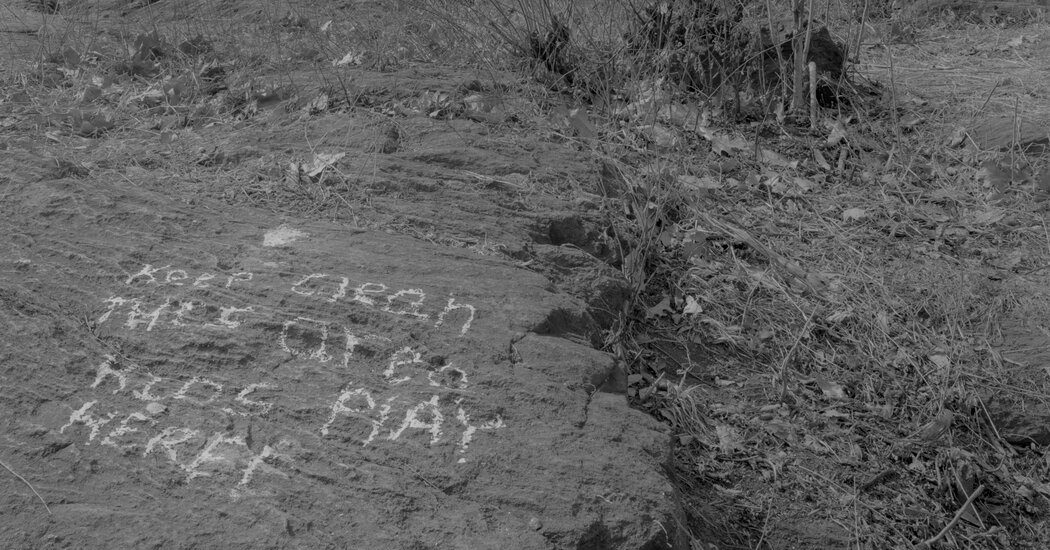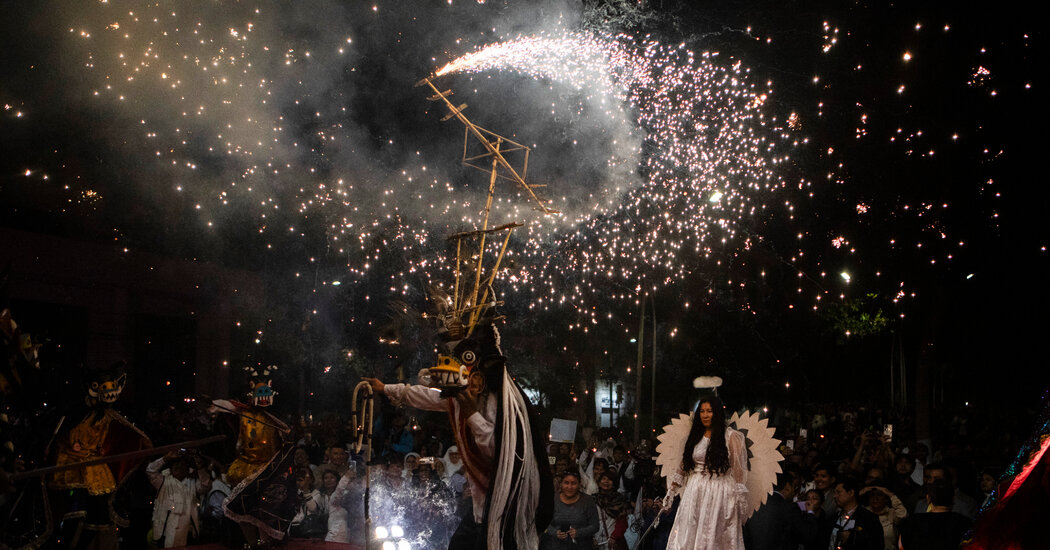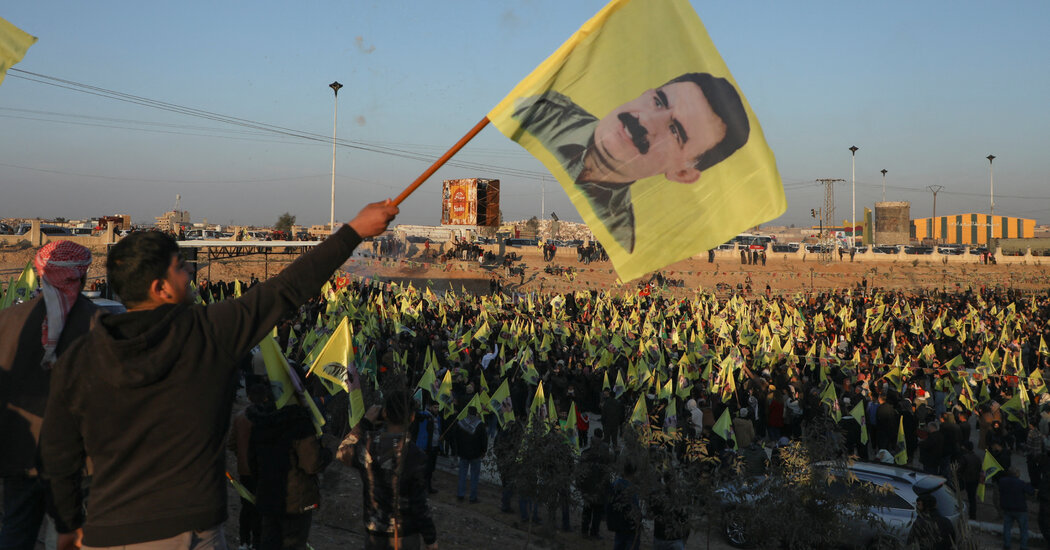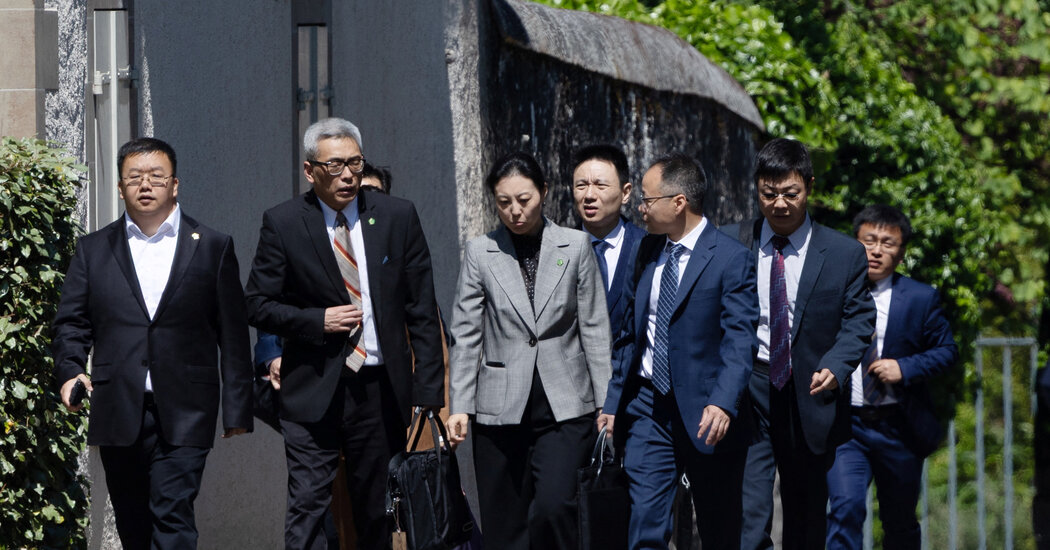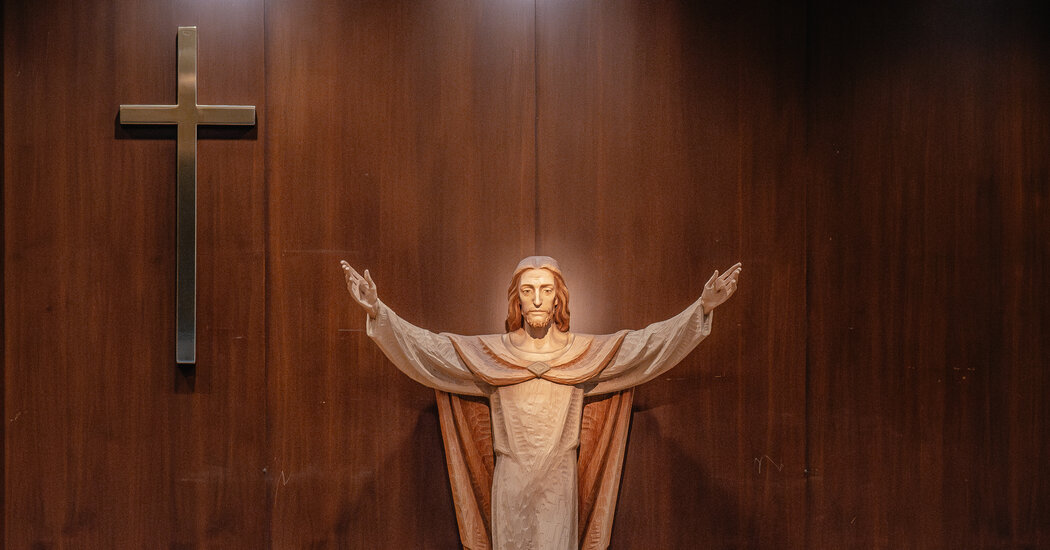When Martin Rogers’s family members left their Manhattan tenement in the 1920s, they sought a new home with access to more green space and open air. They found it in the South Bronx, and at a 35-acre park known as St. Mary’s.
Mr. Rogers, 70, said he spent many childhood summers playing stickball at St. Mary’s and swimming in the pool in its recreation center from the early morning until the streetlights came on. It not only afforded him an escape from his family’s small, scorching apartment, but also kept him away from the drugs, riots, crime and poverty that choked the surrounding neighborhood.
St. Mary’s Park, the largest in the South Bronx, was for decades a refuge for many residents in one of New York City’s most impoverished areas.
-
1953
Robert Walker/The New York Times
-
1975
Neal Boenzi/The New York Times
-
1987
Pran Dith/The New York Times
-
1991
Keith Meyers/The New York Times
But as the city’s homelessness and opioid crises worsened in recent years, it became something else: a place where people shoot up and nod off under stately oak trees, and where the grass and rocks are littered with needles and broken glass.
Residents see the transformation of St. Mary’s as emblematic of the persistent poverty, drug problems and neglect that plague the South Bronx. They worry that the state of the park helps perpetuate the damaging stigmas surrounding the area as it seeks to fend off gentrification.
